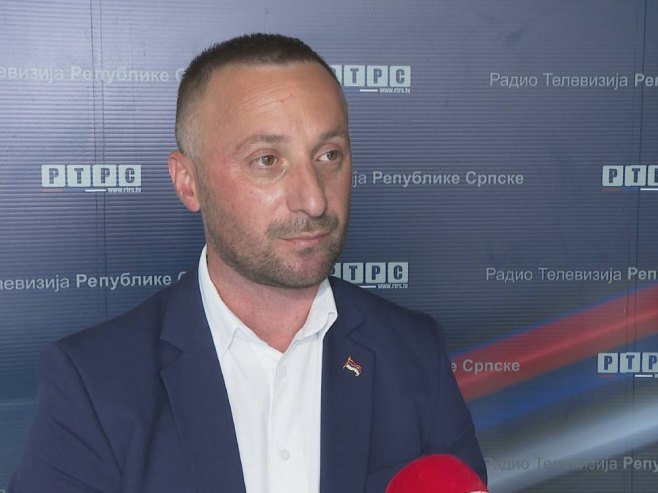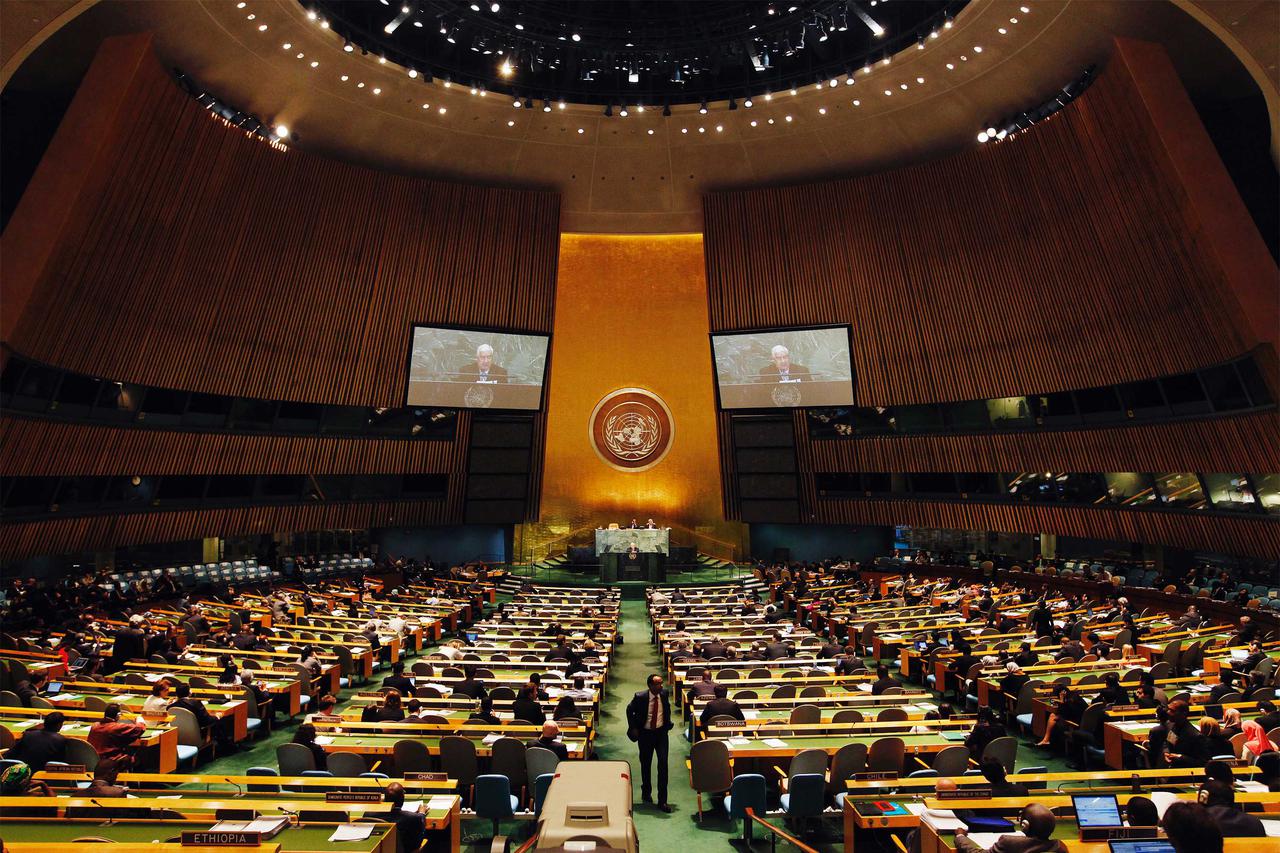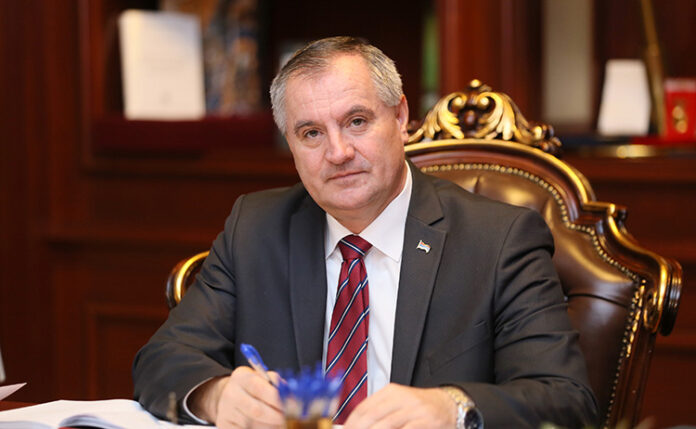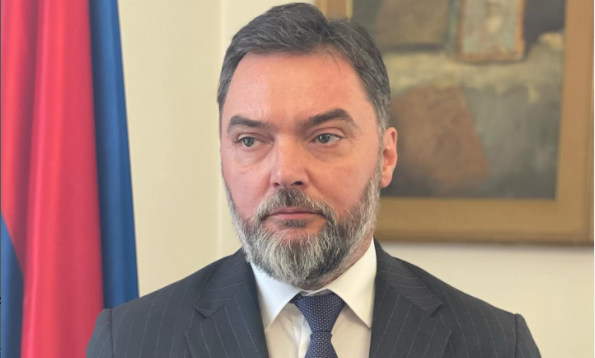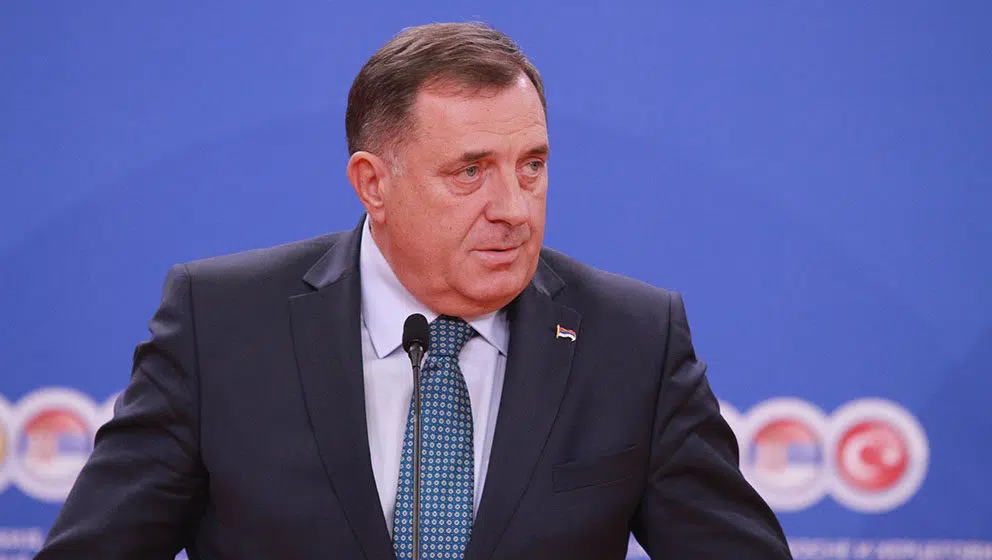The real intentions behind the Srebrenica Resolution proposal have been unveiled, revealing that this document is indeed targeted against Republika Srpska and the Serb people. This was confirmed by Francis Boyle, an American lawyer and wartime advisor to Alija Izetbegovic, who admitted that the resolution aims to dismantle Republika Srpska. According to experts, Boyle’s statement has confirmed the desire of parts of the international community to challenge the legitimacy of Republika Srpska and the Dayton Peace Agreement.
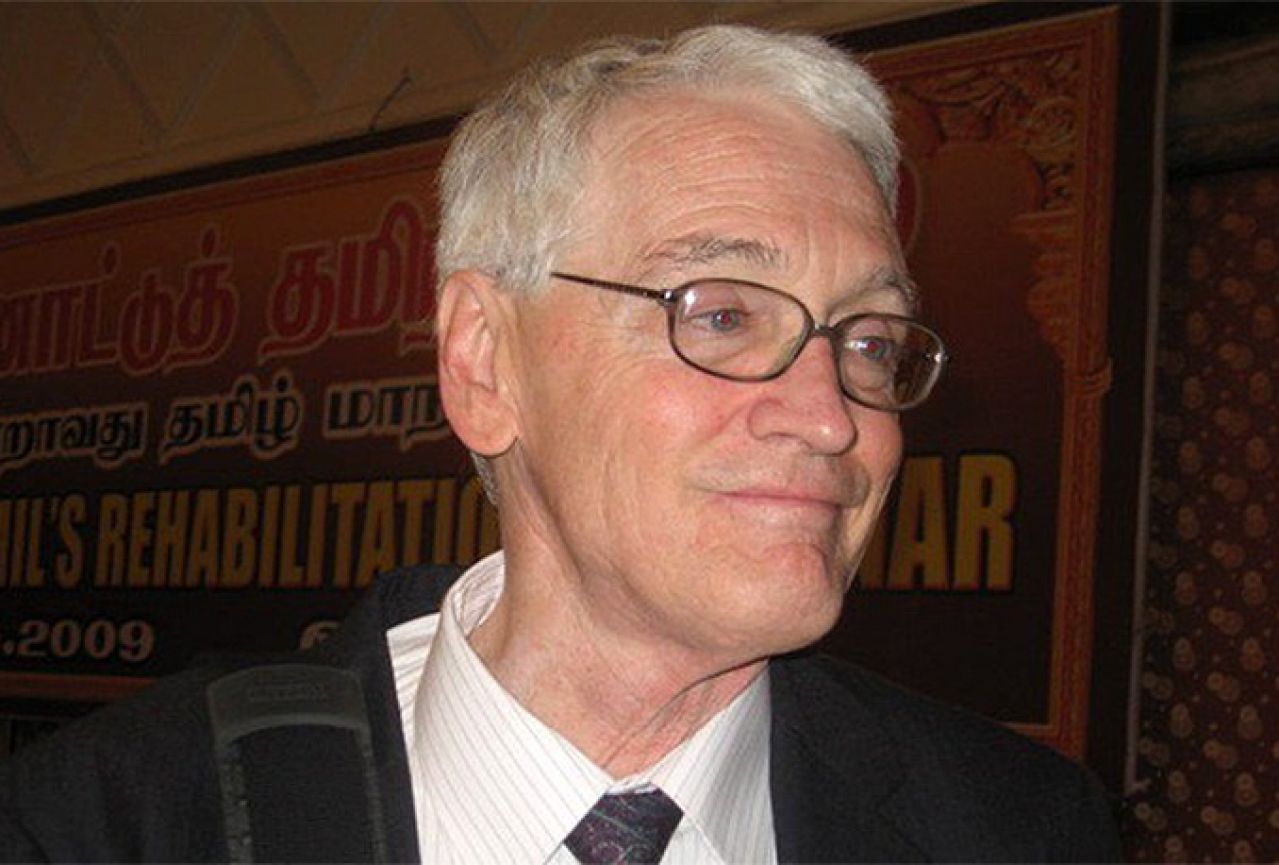
The secret is out. The goal of the Srebrenica Resolution is to eliminate Republika Srpska. This was acknowledged by American lawyer Francis Boyle, who started the campaign to abolish Republika Srpska by attending the 10th anniversary commemoration of the Srebrenica tragedy.
“All associated institutions and organizations will be obliged to implement this resolution. It will then be up to all of us to figure out how to use this resolution to promote the interests of BiH and to eventually get rid of Republika Srpska,” says Boyle.
He has revealed what Republika Srpska has been warning about for years, according to Milorad Kojic, a deputy of the SNSD party in the House of Representatives of the Parliamentary Assembly of BiH. He confirmed that the desire to question the legitimacy of Republika Srpska through this and previous Srebrenica resolutions has been validated.
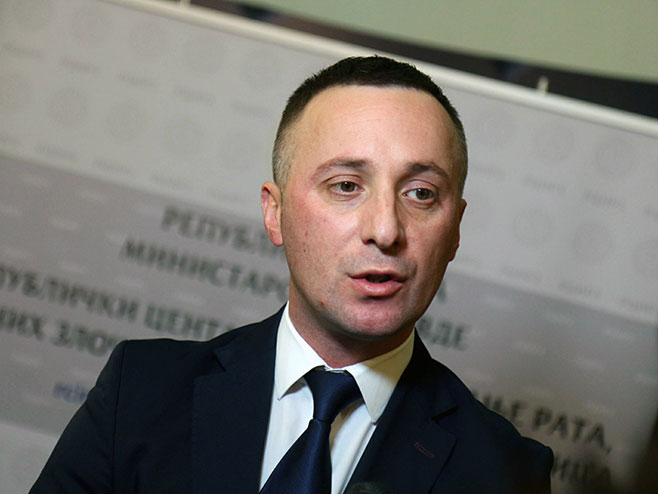
“This resolution is exactly needed to start certain phases towards the abolition of Republika Srpska, through the educational system both in Republika Srpska and Serbia, with the ultimate intention that a state labeled as genocidal cannot exist in modern Europe,” says Kojic.
For Dusan Pavlovic, director of the Center for Socio-Political Research of Republika Srpska, Boyle’s statement is a declaration of political war against the Serbs and confirms the intentions of the West.
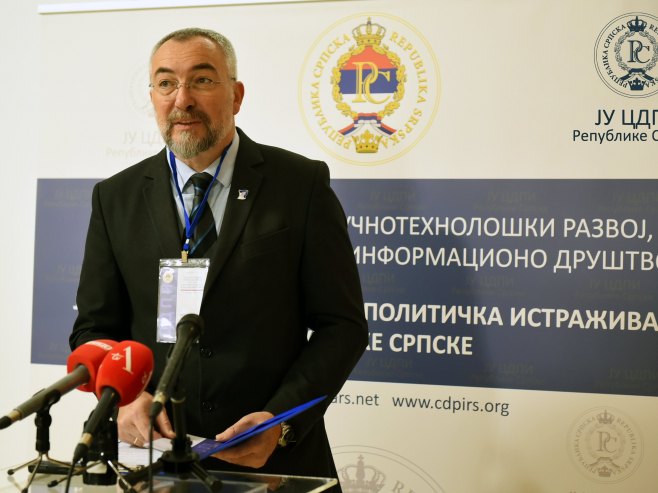
“This statement by Professor Boyle is a kind of declaration of political and generally hybrid war against Republika Srpska, Serbia, and the Serb people. As shocking as it may be, on the other hand, it is welcome for all people in Republika Srpska, Serbia, and all Serb lands to understand what projects are hanging over our heads,” believes Pavlovic.
Boyle claims that the resolution is a substitute for BiH’s first lawsuit against Serbia before the International Court of Justice in The Hague. As the author and first agent of BiH in The Hague, he did not distinguish himself, as the request posed by BiH in court was not accepted, points out Radomir Lukic, a professor at the Faculty of Law.

“So it can be revealed that it is a synchronized performance that would like to achieve some greater goals or, as Boyle himself says, to lead to the abolition of Republika Srpska. However, he does not explain how Republika Srpska could be abolished,” emphasizes Lukic.
All verdicts about Srebrenica were made with a political intention to use them against Republika Srpska at some point, warns Draga Mastilovic, director of the Institute of Historical Sciences at the University of East Sarajevo. Boyle’s statement has confirmed this.

“It is important because it should reveal to the entire international community what the political objectives of the attempts to pass this resolution are, meaning all those countries that vote for this resolution are undermining the DPA,” says Mastilovic.
Renowned Armenian professor Babken Simonian, in the documentary film by the Center for Social Stability, pointed out that genocide was committed against the Serb and Armenian people historically, and that Serbs were expelled from their ancestral homes in Croatia and Kosovo and Metohija.
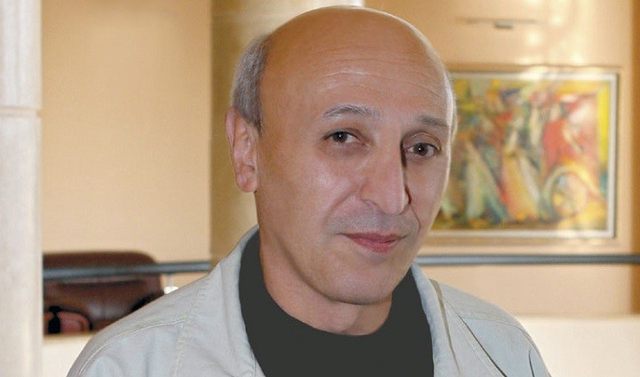
“I must mention that Muslims in BiH make up over 50 percent of the population there, from which it follows that there can be no talk of genocide against Muslims and Bosniaks there,” said Simonian.
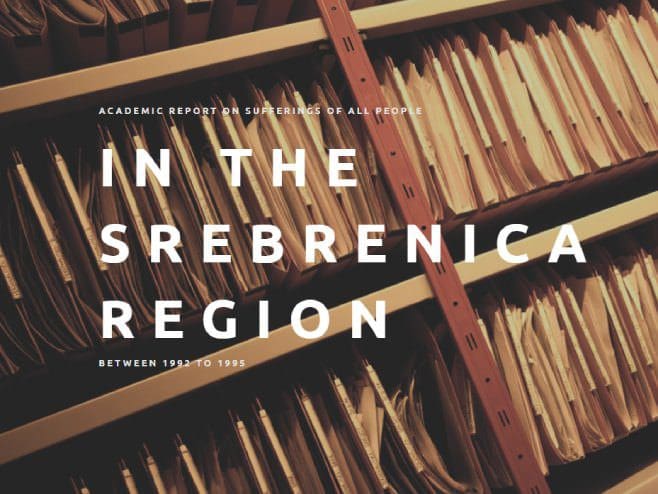
The same views, we remind you in recent days, have been expressed by leading Holocaust experts. They have also confirmed the Report of the Independent Commission for the Investigation of the Suffering of All Peoples in the Srebrenica Region from 1992 to 1995.
Source: RTRS

